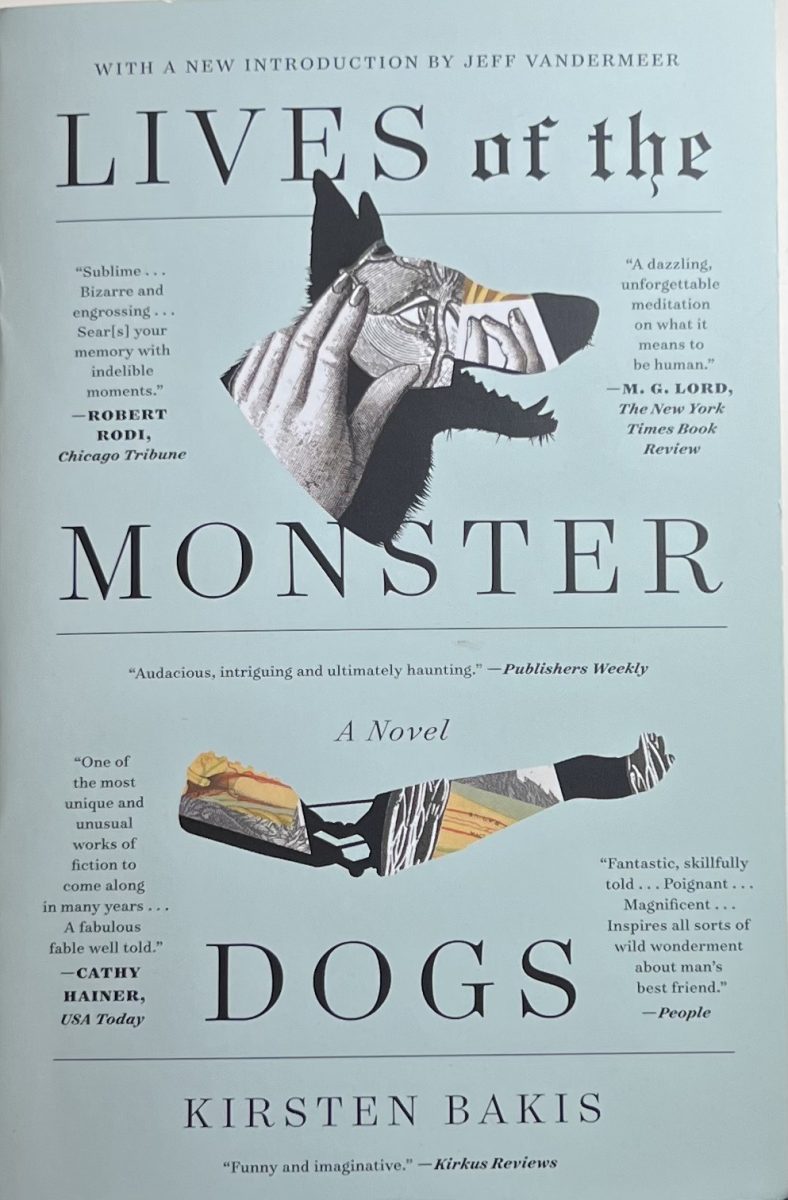“Lives of the Monster Dogs” by Kirsten Bakis is a fascinating book with an ingenious premise of genetically engineered dogs created to be soldiers. They have human intelligence, prosthetic hands, and a voice box that allows them to speak. They were created in a remote village in northern Canada where they were used as slaves until they rebelled against their creators, massacring them and eventually making their way to New York City. The book was originally published in March of 1997.
The man who came up with the idea of these dogs is Augustus Rank, a delusional and deranged man. Since childhood he had been obsessed with modifying animals. His first attempt at animal modification was at ten years old when he removed the forearms of a mouse and added the wings of a sparrow so it could fly. The mouse was too tiny though and as he didn’t reattach the blood vessels the mouse bled to death. Over the next three years, he continued with his sadistic surgeries, but they all resulted in failures. At thirteen he decided to try one last experiment, and if it were a failure he would stop all of this madness. He was going to switch the legs of a cow, putting the right leg on the left side and vice versa. It worked, and the cow could even walk for a bit. When describing these surgeries, the author perhaps goes into too much detail for squeamish readers, but it is also such an enthralling process that one cannot stop reading. Rank had taken too long while switching the legs and was discovered, but fortunately for him, one of the men who discovered him was a professor at a university who was awed by his work and invited Rank to study at the university where he was encouraged in his mad trials.
There are different styles of writing throughout the book that keep the reader interested, such as journal entries, newspaper articles, and even an opera. It makes for a new, fun way to learn information other than just thoughts or dialogue. The story of Rank and the creation of the Monster Dogs is told through a biography of Rank being written by one of the Monster Dogs named Ludwig Von Sacher.
Because of his work at the university, Rank began a deal with the prince of Prussia to create these Monster Dogs and had spent fifteen years in an underground laboratory with his dedicated following trying to make them, but they weren’t making enough progress for the prince, who threatened to have Rank replaced. Rank and his followers escaped and ran off to a remote Canadian forest and formed an isolated town where they planned to stay until the Monster Dogs were created. Rank died before they could be completed, but gave his followers a warning that he would return when they finished. His followers finished the Monster Dogs and used them as slaves while waiting for Rank to return, but the Monster Dogs rebelled against them, killed all the humans, and ended up in New York City where they became famous, appearing on talk shows, giving interviews, and attending grand ceremonies.
Ludwig is working on a biography of their creator Augustus Rank. The Monster Dogs are especially interested in his life as they do not know how their minds were altered to allow for human-like intelligence. To complicate things further, their race is dying out. The Monster Dogs are working on figuring out how to create more of themselves, but it’s proving difficult. Ludwig has studied almost everything about Rank’s life and even has portraits of his mother hung in his apartment. He stops a woman on the street, Cleo, who looks just like Rank’s mother, and they begin a friendship. Cleo gets introduced to other dogs as well and becomes the official reporter for the Monster Dogs, one of the only people allowed in-depth interviews. Cleo also becomes close friends with many of the dogs.
The book is very intriguing and exciting in the beginning, but the excitement fizzles out a bit towards the end when it becomes more about Cleo than the dogs, who are arguably much more interesting and fun to read about. Cleo is interesting enough as a character and probably would have shone in a book about anything else, but it’s difficult to compete with talking dogs in New York City. It was too much focus on the one human because the reader shouldn’t be getting a bit bored by the end of a book about Monster Dogs wearing 19th-century Prussian clothes, but that’s exactly what happened.
Overall, the book has such an idiosyncratic idea and different style, with part of it even being told as an opera, that even if the second part was a little lacking, it still deserves a 4/5.







